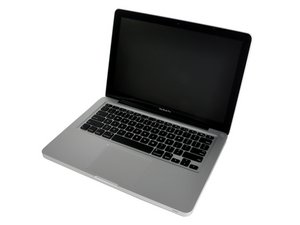Hard Drive not recognized by system during boot or install
I have a one and a half year old 13" MacBook Pro with the 2.26Ghz processor that just last night stopped recognizing the hard drive. It worked before dinner for my wife and when she returned to it after dinner, it was powered down. Upon powering it on, at the gray screen the folder alerting it could not see a boot device appeared.
I opened the case to pull the hard drive figuring it was a complete hard drive failure however after connecting to a spare Linux machine I was able to dump the contents of the entire drive and SMART shows no errors.
I had a spare hard drive from another older Macbook that I connected to the failed MacBook pro and inserted the Snow Leopard install disk. The installer does not see either hard drive at this point to either pick it for installation or from the Disk Utility available in the installer environment.
I launched System profiler and it does see an nVidia SATA controller, it does not list any hard drive devices from it though.
What should I do? I do not have Applecare on this and it is six months past the one year warranty.
Edit: Sorry, hit the submit far too early by accident. Full details are now posted.
Is this a good question?

 2
2  1
1 
 2.6k
2.6k
3 Comments
I have back tracked the EFI under recommendation to 1.6. The hard disks are still not seen in the system install nor disk utility.
I also booted an Ubuntu livecd on the system. Disk Utility does not recognize a hard drive either.
Because I can still see the SATA controller (both in System Profiler on the Snow Leopard install disk and in the Ubuntu 10.04 LiveCD), I'm assuming the disk controller isn't broken and ordered a replacement SATA drive cable.
by Raylen
Replacing the sata/ir/power led cable fixed the issue. There were no visible issues with the bad cable after further inspection.
by Raylen
That's great, glad you solved it.
by mayer